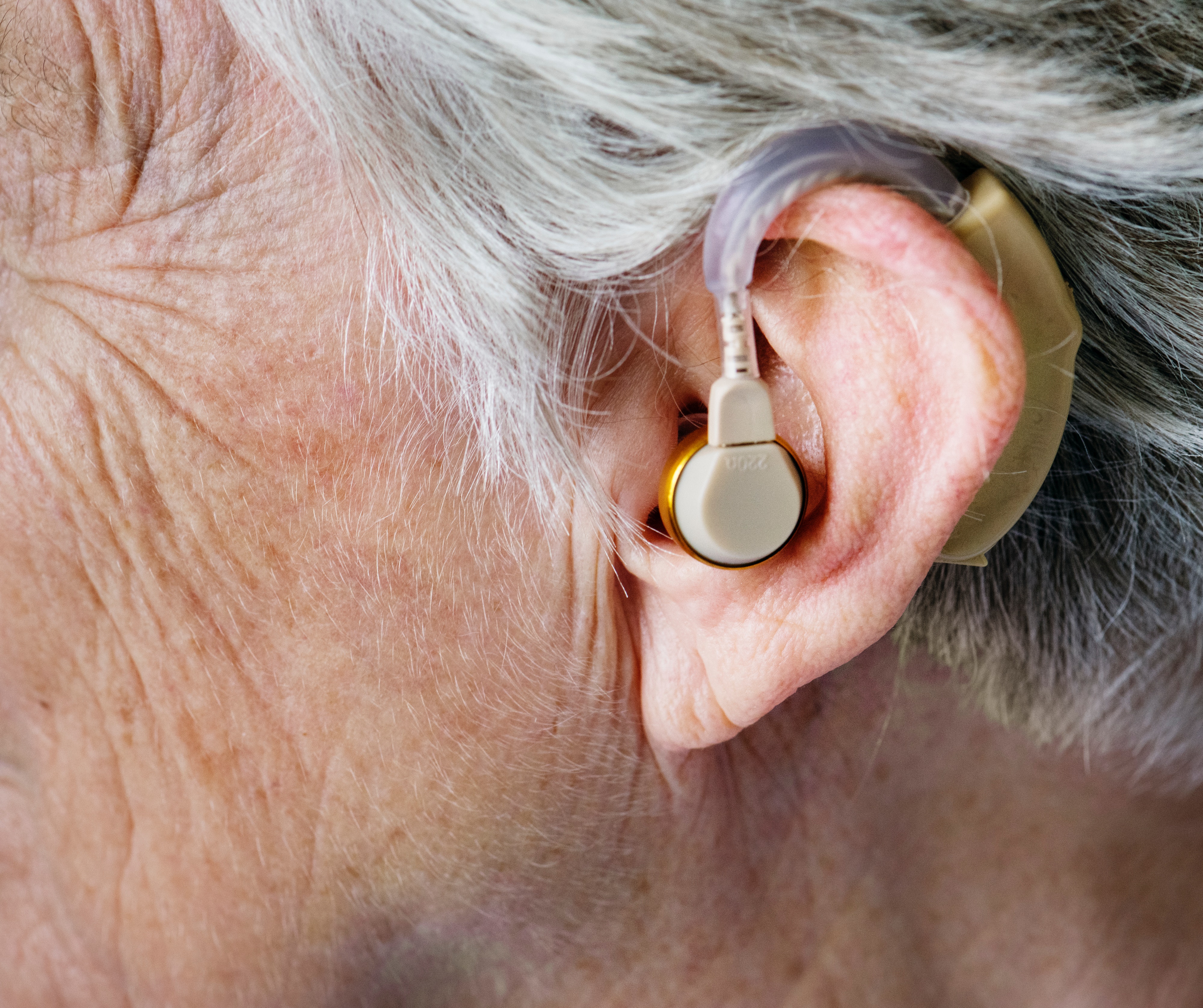

Written by Robert Kurzydlowski
Title III of the Americans with Disabilities Act (“ADA”) describes several types of entities that are required to provide effective communication for individuals with disabilities that impact their ability to communicate. Of these entities, Public Accommodations, or places of business that serve the public such as health systems and health care providers [1], are required to provide (and pay for) means of communicating effectively with deaf people, individuals who are hard of hearing, and others communication disabilities.

The intent behind Title III of the ADA is to ensure that individuals with disabilities receive a standard of care equal to those without disabilities. This is done using “auxiliary aids and services” such as in-person or remote sign language interpreters, assistive listening devices, and text telecommunications devices. To determine which auxiliary aids and services are considered effective communication, the ADA provides a list of several factors to be considered, including the “nature, length, complexity and content of the communication and the person’s normal method(s) of communication” [2]. It is important to note that due to the chances of conflicts of interest, a family member is not required to serve as an auxiliary aid (i.e., interpreter) just because they are present. Although there are some situations in which a family member interpreting is proper, including in an emergency and when no qualified interpreter is available, in most cases an independent interpreter is preferred [3].
The advent of new technology over the past 15 years has led to the deployment of many new forms of auxiliary aids. Given the array of options, health systems, health care providers, and patients may have different preferences for what type(s) of auxiliary aids are used. If there is disagreement between the health care provider and patient about the effectiveness of the communication method used, the solution is ultimately up to the health care provider as long as they can prove at least one of two things: (1) the communication method they have chosen is just as effective as the one requested by the patient, or (2) the communication device requested by the patient would cause an undue burden to the health care provider [4].
The undue burden reflects the fact that the health care provider is solely responsible for paying for the effective communication method used. To determine if a requested aid qualifies as an undue burden, or significant difficulty or expense, the Department of Justice “[takes] into consideration the nature and cost of the aid or service relative to their size, overall financial resources, and overall expenses” [5].
Throughout the nation there are different mechanisms to ensure health care providers are adhering to these requirements. These mechanisms range from disability rights groups filing lawsuits against non-compliant health care providers, to hospital systems setting up cost-sharing consortiums to alleviate the costs and inefficiencies in providing and requesting appropriate accommodations. The North Carolina Institute of Medicine is currently leading a Task Force to assess these efforts in North Carolina and provide recommendations based on best practices to eliminate the inequalities in health care faced by those with communication disabilities.
Read more about our Task Force on Health Services for Individuals who are Deaf and Hard of Hearing
[1] https://www.ada.gov/taman3.html
[2] https://www.ada.gov/effective-comm.htm
[3] Id.